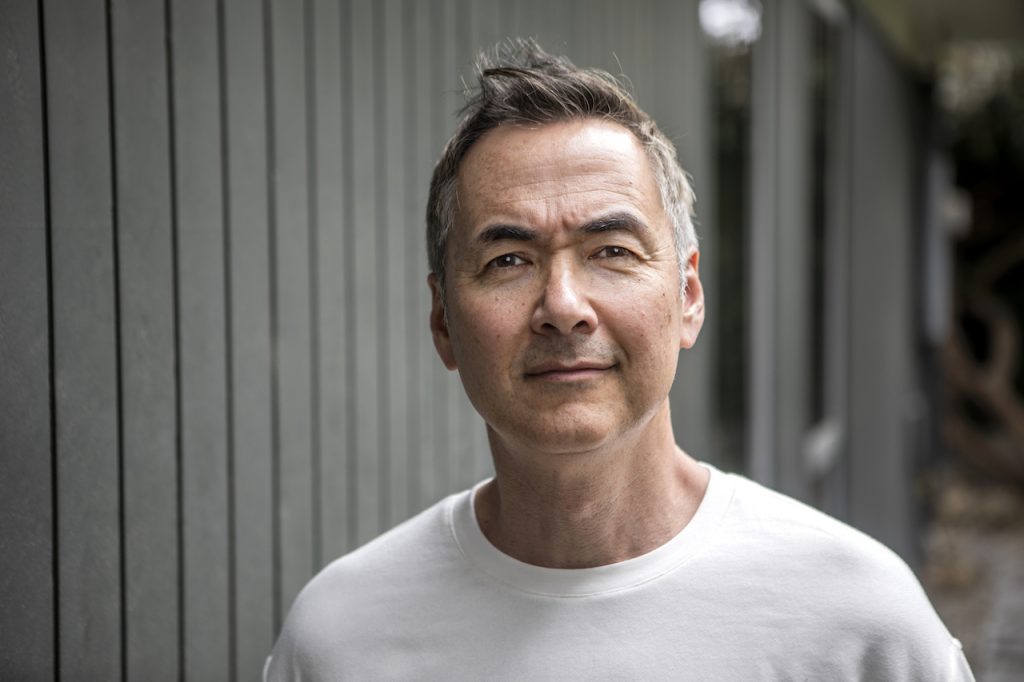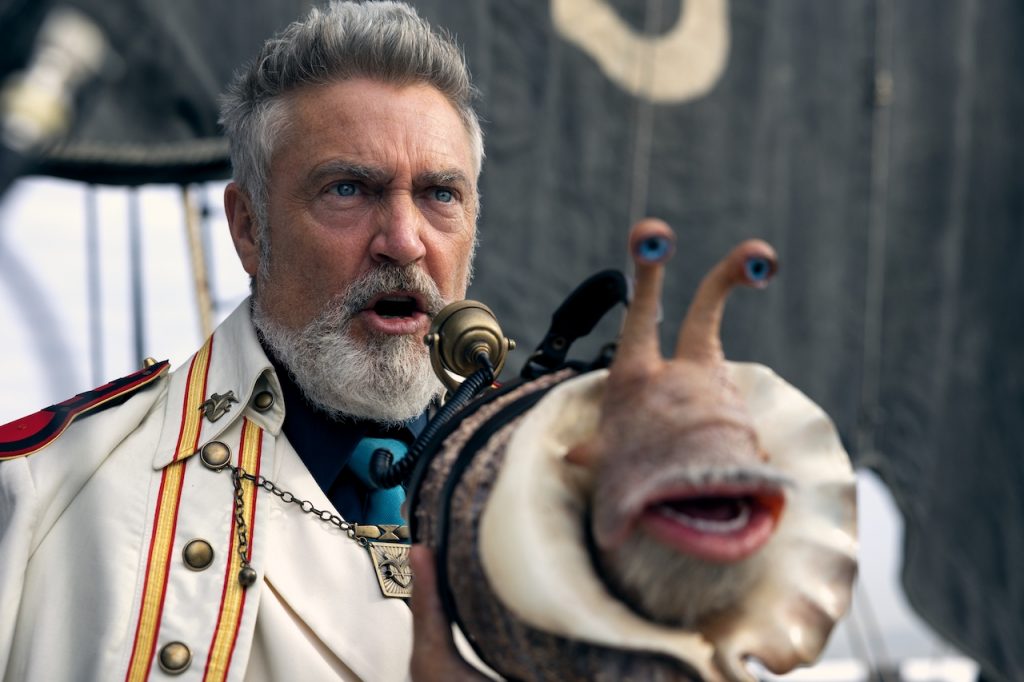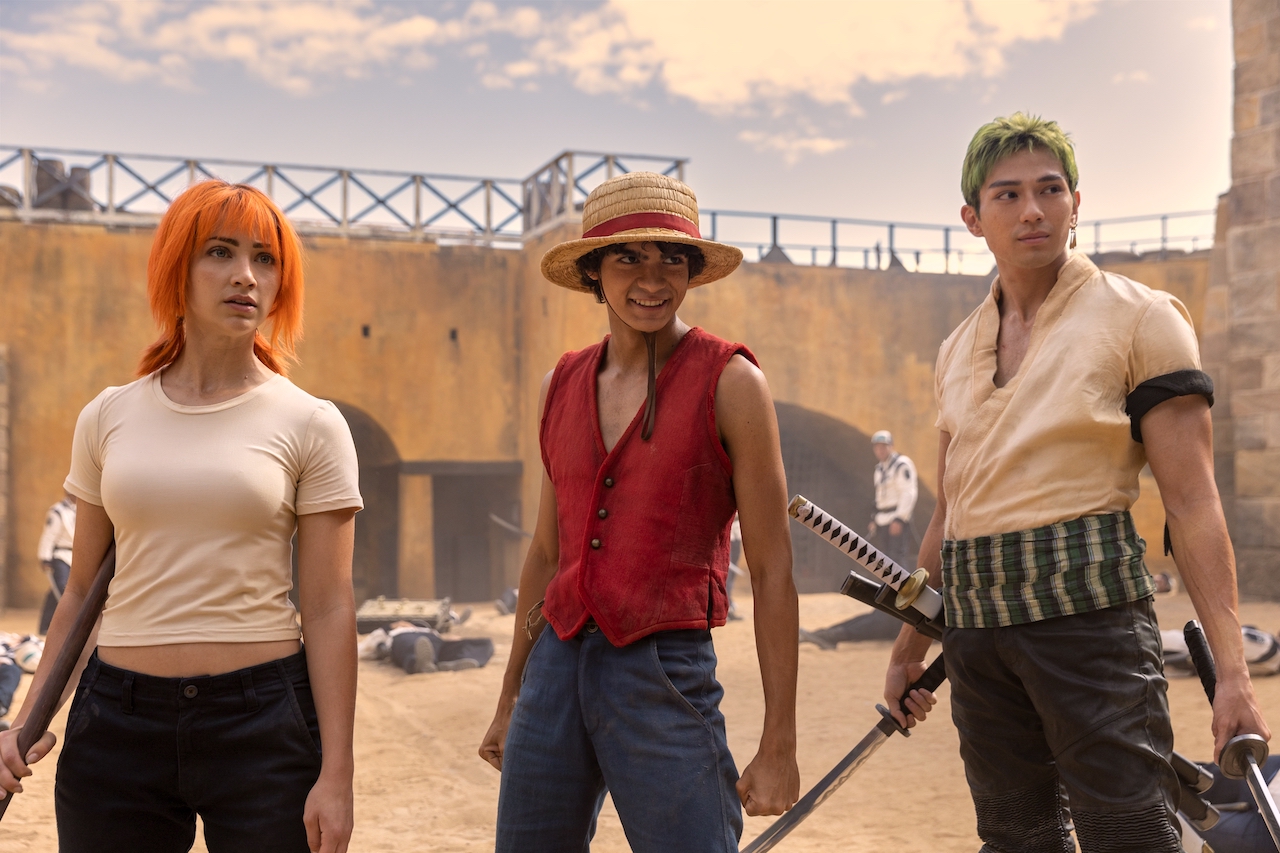- “Your Dreams Are Worth Pursuing” Steven Maeda On ‘One Piece’ (Part 1)
- “Your Dreams Are Worth Pursuing” Steven Maeda On ‘One Piece’ (Part 2)
This article contains mild spoilers.
Born in the wild imagination of Japanese writer and illustrator Eiichiro Oda with a passion for pirates, One Piece was first released as a manga series in 1997. It tracks the mis/adventures of The Straw Pirates led by Monkey D. Luffy and his crew as they search for the elusive One Piece treasure to become King Of The Pirates. To date, this manga series spans over a hundred published volumes, each with its individual chapters, to become one of the most success mangas in circulation. Additionally, it has been the bestselling manga for eleven consecutive years, as well as the only one to achieve more than one million copies sold in all of its over one hundred published volumes (tankōbon). One Piece is extremely popular in Japan, Korea, and Latin America, but was little known in America, until recently.
One Piece has been adapted into anime TV series, films, novels, playing cards, video games, and even theme parks and restaurants to further extend the “Odaverse” reach. Now, it’s received the live action TV series treatment featuring Luffy (Iñaki Godoy) – the pirate made of rubber after eating the Devil’s Gum-Gum fruit.
One Piece is more than non-stop, breathtaking action across the high seas. It has real social and political depth touching on a range of subjects including mixed races co-existing, the inter-continental world government and their secret police, and the revolutionary army to counter them.
Live Action Television Version
One Piece was brewing in the creative minds of Steven Maeda (CSI: Miami, Lie To Me, Lost) and Matt Owen (Luke Cage, Agents Of S.H.I.E.L.D.) for several years before they breathed fresh life into it, which until recently, was largely unknown to American audiences. Co-showrunner Steven Maeda spoke with Creative Screenwriting Magazine about capturing the adventurous, ambitious, carefree, humorous, and sometimes reckless spirit of Monkey. D. Luffy in the new live action television series.

Steven Maeda
Given his background, Steven Maeda may not immediately come to mind to develop a popular swashbuckling pirate adventure, but he’s been a fan of the manga comics for some time. “My dad was born in Japan and lived there for twenty odd years before he came to the US. He brought Japanese comics with him when I was growing up. They were old school Tezuka Manga like Astro Boy and Kimber the White Lion.” Osamu Tezuka is known as the Godfather Of Manga. These “godfather” manga series contained aspects of Japanese Samurai culture which resonated with Maeda because they connected him to his ancestral cultural roots.
Maeda previously explored adapting another Tezuka Manga called Blackjack with Tomorrow Studios, but it never came to fruition. “Blackjack is a scathing indictment of the medical industry in Japan in the 60s.” Tomorrow Studios were also trying to secure the rights to One Piece in an effort to produce a more modern manga story. That effort too, fell short.
“I read the first hundred chapters of One Piece – twice. I thought, “This is absolutely wonderful. It’s bonkers. It’s this great mashup of worlds. The tone is like something I’ve never really seen before.” Maeda was captivated.
The creative knew he had to tread carefully to bring One Piece to television. He had to honor its predecessors, while adding a new creative lick of paint on his live action TV version.
“Obviously when you’re working with source material, that’s this vast, and also this beloved, you have to pay a lot of attention to the fan base and to what they are interested in seeing. How do you make their emotional experience the same as it was when they first read the manga books the first time?” This question was his guiding mantra while developing the show.
Steven Maeda did watch some of the anime, but deliberately limited his exposure to it to allow the manga series to have the biggest influence on his live action television series. Maeda didn’t want to do a frame by frame recreation of the manga since manga and television are different storytelling media with different needs.
Adapting One Piece
“It was a major structural challenge of how to take what was a nicely-encapsulated hundred chapters of the East Blue Saga (one of the four regions of the world), and turn that into what was originally ten episodes of television, which later became eight. There was a lot of structural breaking apart and putting back together to compress the story,” recalls Maeda.
This deconstruction and reconstruction approach allowed the creative team to flesh out the Garp Luffy (Monkey’s grandfather played by Vincent Regan) story. Maeda pulled the character from around chapter three hundred. “Garp is a Marine Admiral and we expanded his character to get a story plot pursuit and have some real stakes, some teeth, and also have a great twist at the midpoint of the season where we, the audience, and Monkey, realize that the person pursuing him is actually his grandfather. This upped the stakes because it made One Piece about family and now everything is personal.”

Vice-Admiral Garp (Vincent Regan). Photo by Casey Crafford/ Netflix
Maeda also introduced the Arlong (McKinley Belcher III) character in episode three rather than much later. “We felt we were going to need a big bet in episode eight, so we needed to get to know who he was much earlier,” he says. Arlong met Monkey in Baratie (the floating restaurant) as a threat, but they later become friends. This pilot point wasn’t in the manga series.
Inside The One Piece World
Monkey D. Luffy and his motley crew of misfits, Nami (Emily Rudd), and Zoro (Mackenyu) complete the YA pirates. Pirates aren’t portrayed as looting, violent sea thugs in One Piece. Rather, they are portrayed as carefree, adventurous, and wanting to change the world into a better place – a true coming of age story of idealism.
Although the pirates sail in a ship with black sails, they did subvert traditional pirate conventions by having them fire pink cannonballs and have painted hearts on the ship’s sails.
“I think that one of the things has been so attractive about pirates is that they’re outlaws, they’re rebels, they’re free thinker, and they and they don’t adhere to the rules,” states Maeda.
Luffy is on a mission to rebrand the pirate image to their adversaries. “No, no, no. Piracy is the best thing there is. Sure we break a few laws, but we’re doing that in the spirit of freedom, in the spirit of trying to live our own lives and do the things that we want to follow our dreams,” mentions Maeda. This recurring theme of liberation becomes especially relevant when Luffy tackles the oppressive world government.
The topic of following one’s dreams is surely a valid reason to love pirates. “It sounds a little hokey, but we all had dreams as young people which have fallen by the wayside as life or our jobs intruded,” adds Steven.
Luffy’s superpower is to inspire you to remember and follow your dreams
“Monkey’s belief in his dream, to find the One Piece in order to become the King Of The Pirates, is so pure and so genuine, that he can take someone like Zoro or Nami, who are both very sentimental characters when we initially meet them, and ask them, ‘Hey, don’t you have a dream? Is there something you want to do? And they’re like, ‘Not gonna get into that with you’ or when Zoro feebly responds, ‘I want to be the greatest swordsman ever, but here I am hanging on this cross.‘”
Steven Maeda also references a line by Buggy The Clown (Jeff Ward) when he mocks Zoro, “Don’t tell me you believe that kid.” And Zoro reacts, “I don’t have to. He believes in himself.” Maeda finds this simple exchange very inspiring and powerful. It captures the essence of One Piece.
